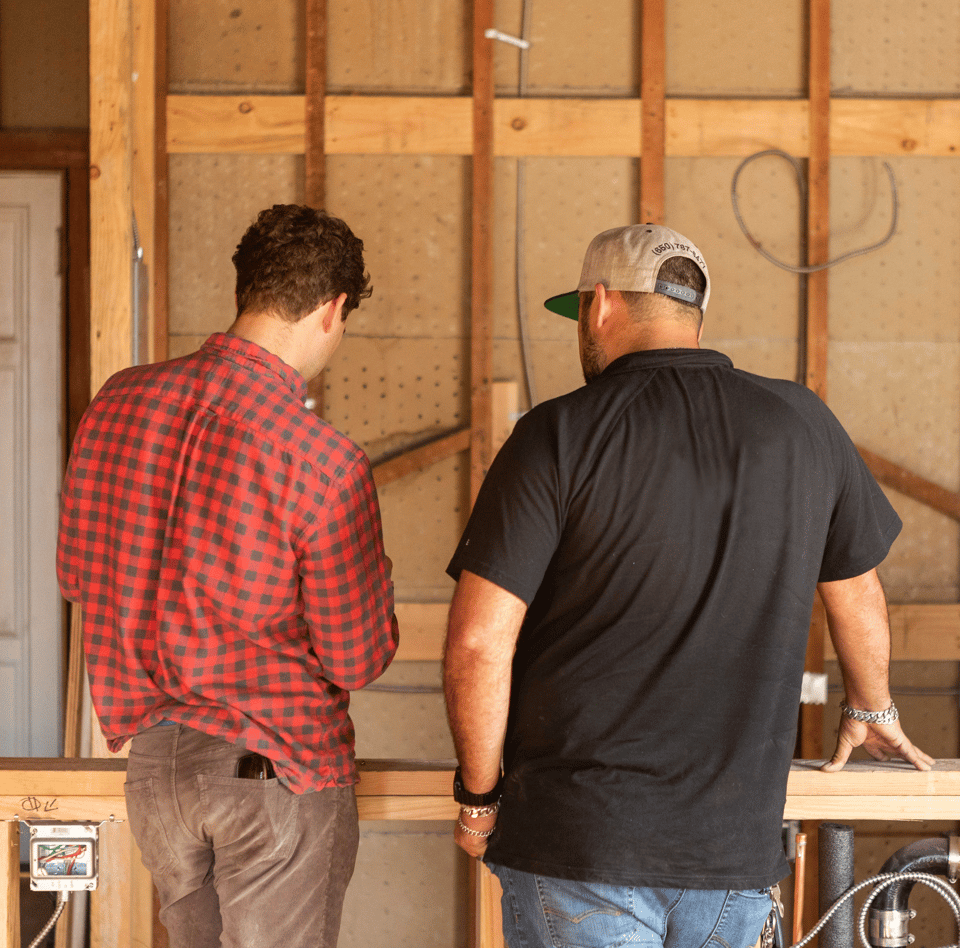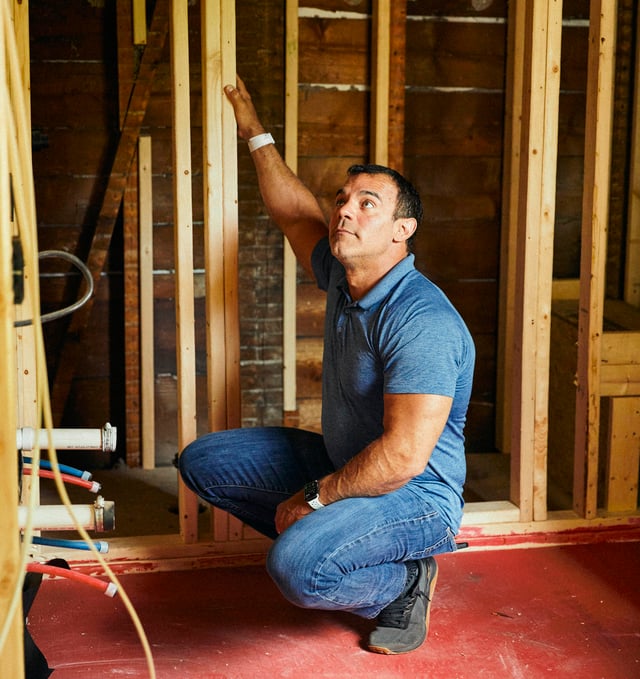
Balancing Costs and Dreams When Buying a Fixer Upper Home
01.04.2024

Balancing Costs and Dreams When Buying a Fixer Upper Home
01.04.2024
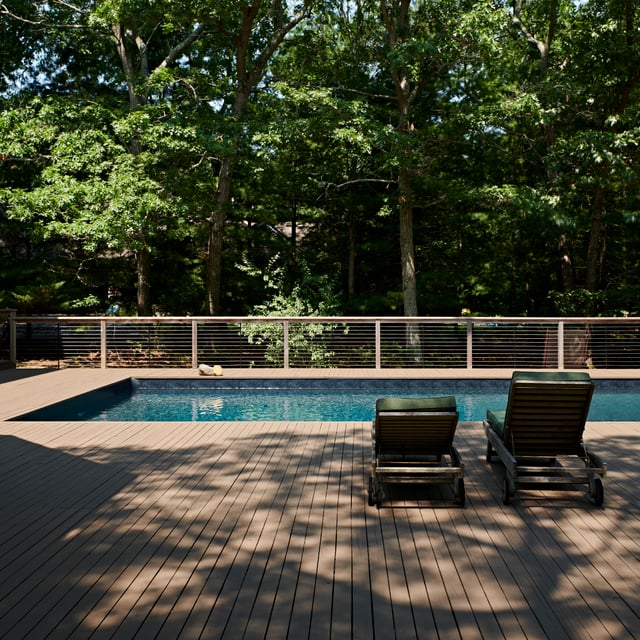
The Complete Guide to Deck Replacement or Installation Costs in 2024
01.01.2024

The Complete Guide to Living Space Remodel Costs in 2024
01.01.2024

The Complete Guide to Home Painting Costs in 2024: Interiors & House Exteriors
01.01.2024
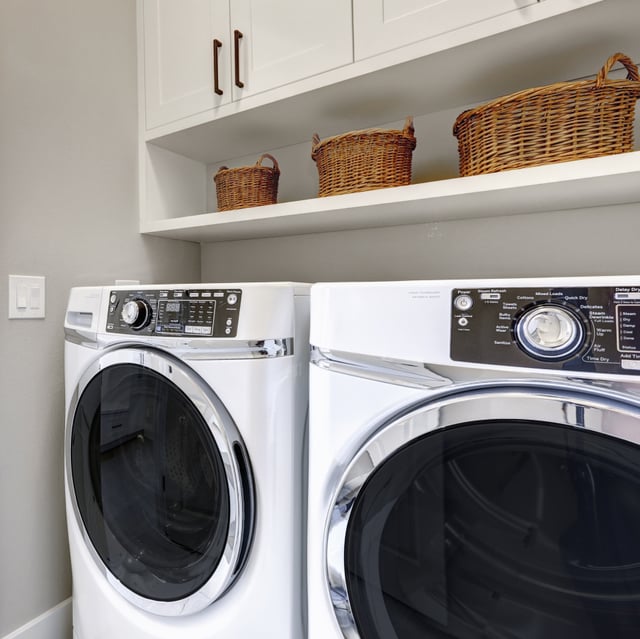
The Complete Guide to Laundry Room Remodel Costs in 2024
01.01.2024
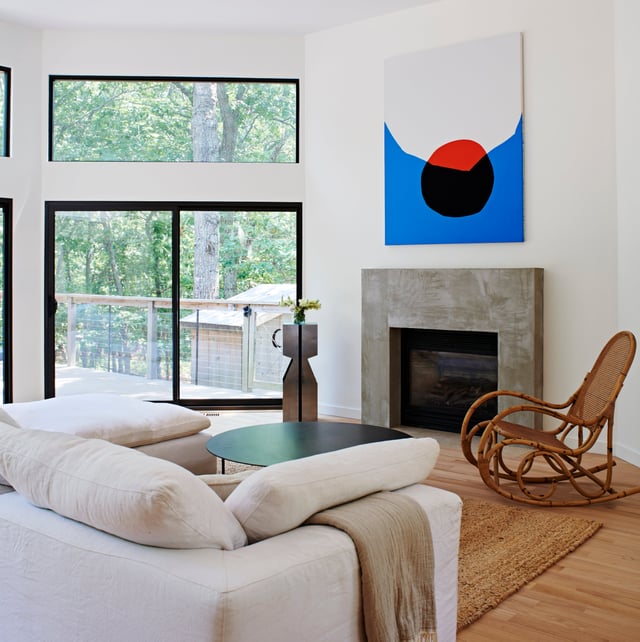
Understanding the Costs of a Home Addition in 2024
01.01.2024
